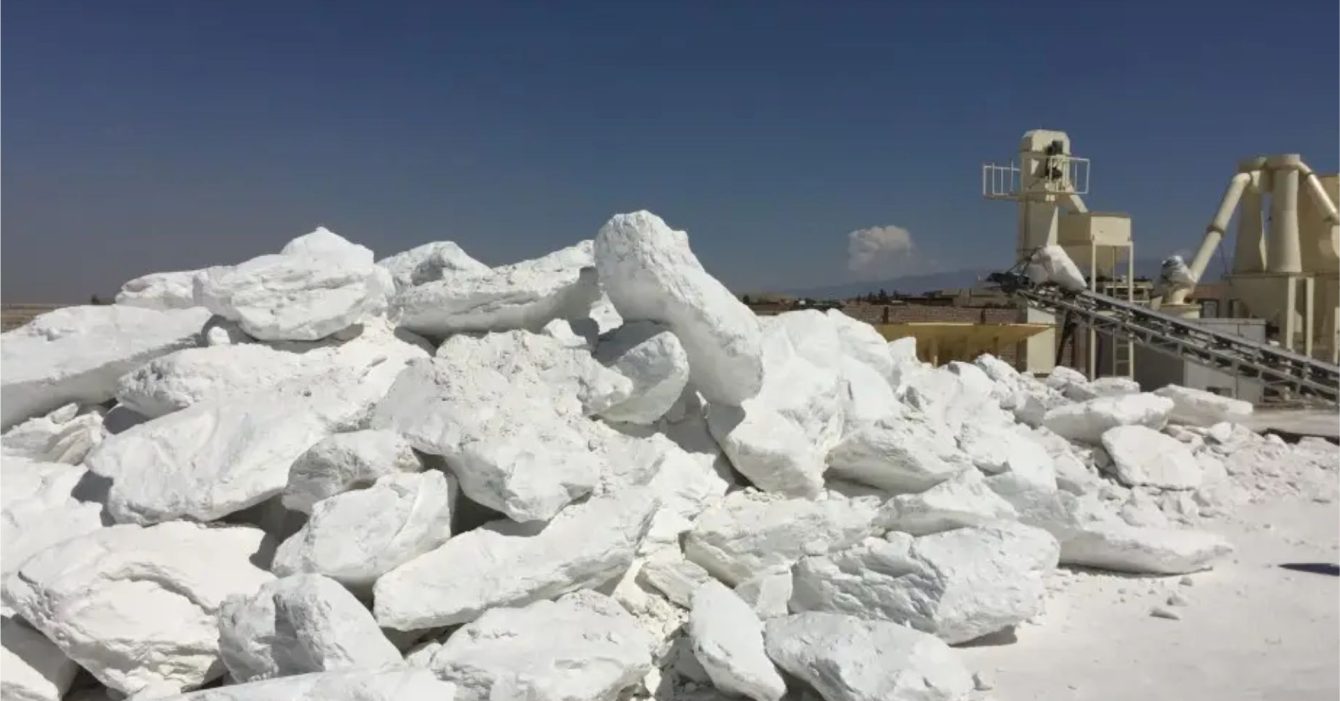



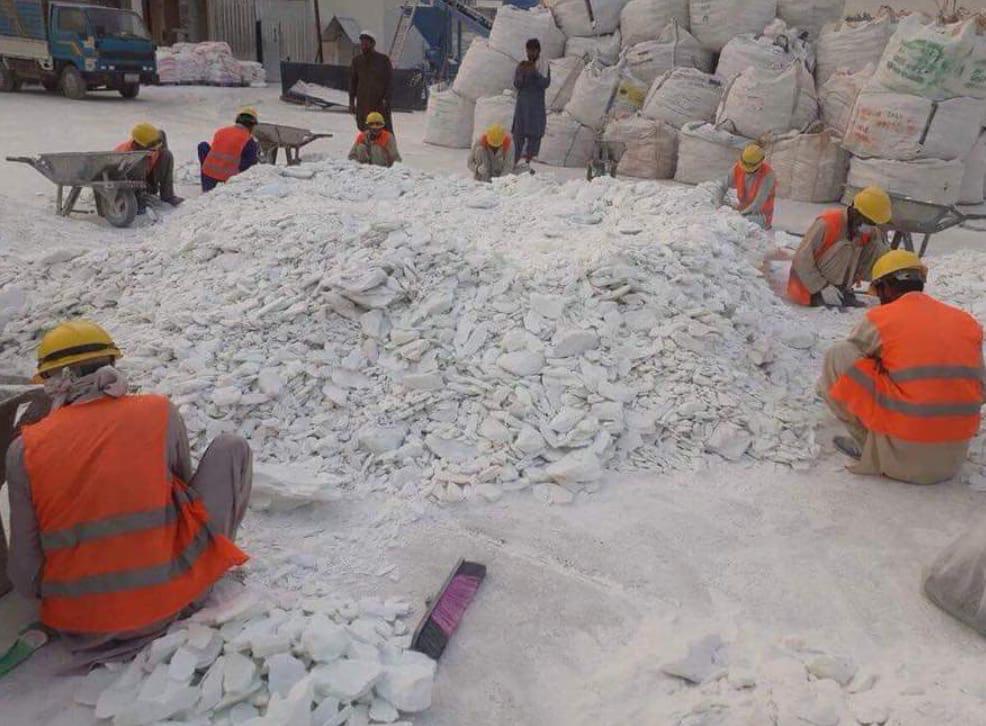
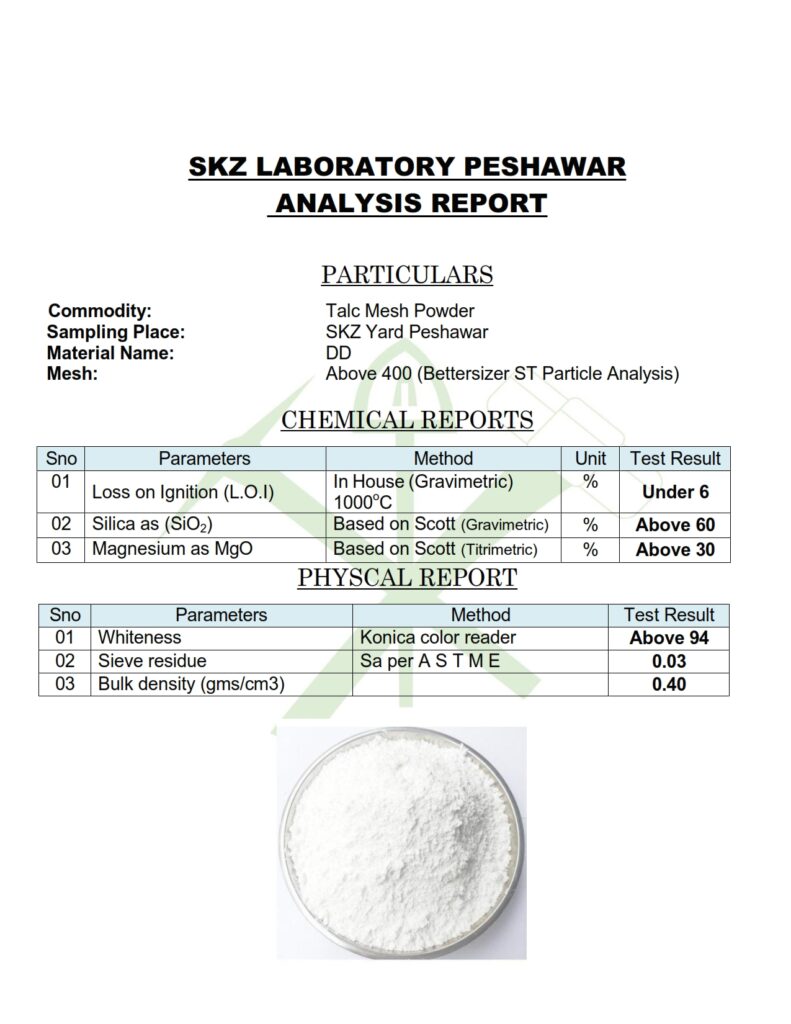

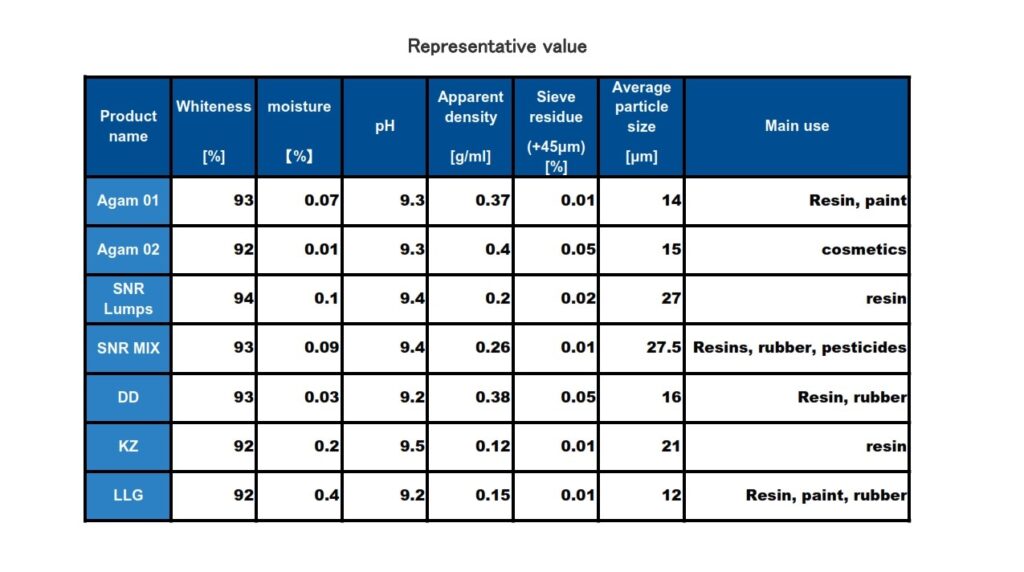
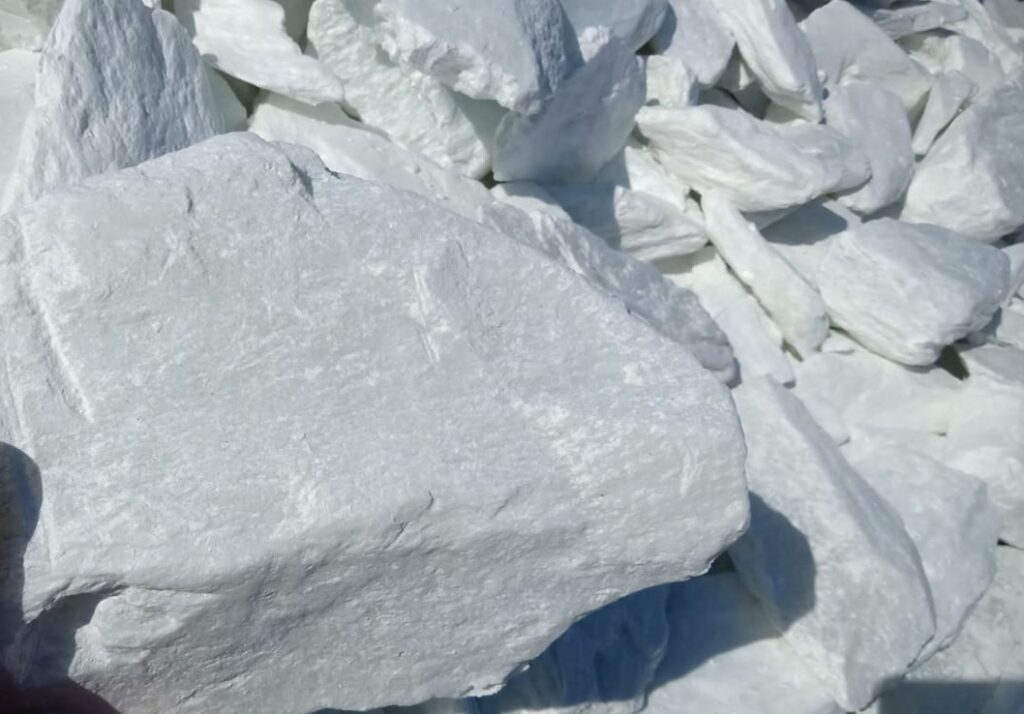
Talc, a mineral composed primarily of magnesium, silicon, and oxygen, is known for its unique properties and diverse uses. This soft, metamorphic rock is characterized by its layered structure, which allows it to be easily split into thin sheets. Talc is the softest mineral on the Mohs scale, with a rating of one, making it an ideal candidate for various industrial applications. Its ability to absorb moisture and its inert nature contribute to its widespread use in products such as cosmetics, pharmaceuticals, and personal care items. Additionally, talc is used in the manufacture of ceramics, paints, and paper, where it acts as a filler and enhances the texture and quality of the final product. The extraction and processing of talc involves careful mining techniques to ensure the purity and quality of the mineral. Talc deposits are typically found in metamorphic rocks, and the mining process often involves crushing and milling to create a fine powder. This powder is then subjected to various treatments to remove impurities and enhance its properties for specific applications. Talc stone’s versatility for industrial use; it is also valued in the food Industries, where sculptors appreciate its softness, which allows for intricate carvings.
USES OF TALC STONE
Talc is a mineral that is widely used in the plastics industry due to its unique properties. It is used as a filler and reinforcing agent in various plastic products, increasing their strength, durability, and thermal stability. The addition of talc to plastic formulations can improve processing properties, which can help the final product be easily molded and shaped. Furthermore, talc helps reduce production costs by replacing more expensive materials while maintaining the desired performance properties of the plastic.
Talc is used primarily as a filler and pigment in the paint industry, contributing to the overall quality and performance of paint products. Its unique properties, including softness, lamellar structure, and high opacity, enhance the texture of the paint, improve its spread ability, and provide a smooth finish. In addition, talc acts as a functional additive that can improve the durability and weather resistance of paints, making them more suitable for a variety of applications, including interior and exterior surfaces.
Talc, a mineral composed primarily of magnesium, silicon, and oxygen, is widely used in the cosmetic industry due to its unique properties. Its fine, soft texture makes it an ideal ingredient for products such as face powders, blushes, and eyeshadows, where it acts to absorb moisture and reduce shine, thereby enhancing the overall appearance of the skin. Additionally, talc acts as a filler and binding agent, contributing to the smooth application and longevity of cosmetic formulations.
Talc is used in the ceramic industry due to its unique properties that enhance the quality and performance of ceramic products. This mineral, which is primarily composed of magnesium, silicon, and oxygen, serves as a valuable additive in the formation of ceramic bodies. Its presence contributes to improved plasticity, workability, and thermal stability, allowing ceramic items to be easily shaped and fired.
Talc is a mineral filler that enhances the processing properties of rubber compounds, improving their flow and reducing stickiness during manufacturing. Additionally, talc acts as a reinforcing agent, contributing to the overall strength and durability of rubber products.
Talc, a mineral, plays an important role in the soap and detergent industries due to its unique properties. Its fine, soft texture and excellent absorbent properties make it an ideal additive in various formulations, enhancing the overall performance of cleaning products. In soaps, talc contributes to a smooth texture and improved lathering capabilities, while in detergents, it helps prevent clumping and increases the flow of powdered products.
Talc mineral, is used in the pharmaceutical industry due to its unique properties. It is commonly used as an excipient, acting as a lubricant and anti-caking agent in the formulation of tablets and powders. Its fine, soft texture enhances the flow ability of the powder, simplifies the manufacturing process, and ensures uniformity in dosage forms.
We specialize in the extraction, processing, and refinement of high-purity talc, ensuring international-grade quality suitable for various industries. Our advanced mineral processing facilities in Hazara, Abbottabad, and Peshawar enable us to produce talc with exceptional whiteness, softness, and purity, making it ideal for:
Our state-of-the-art processing plants are equipped with the latest technology to ensure optimal particle size distribution and purity levels.
“We also offer customized talc solutions tailored to specific industrial needs.”